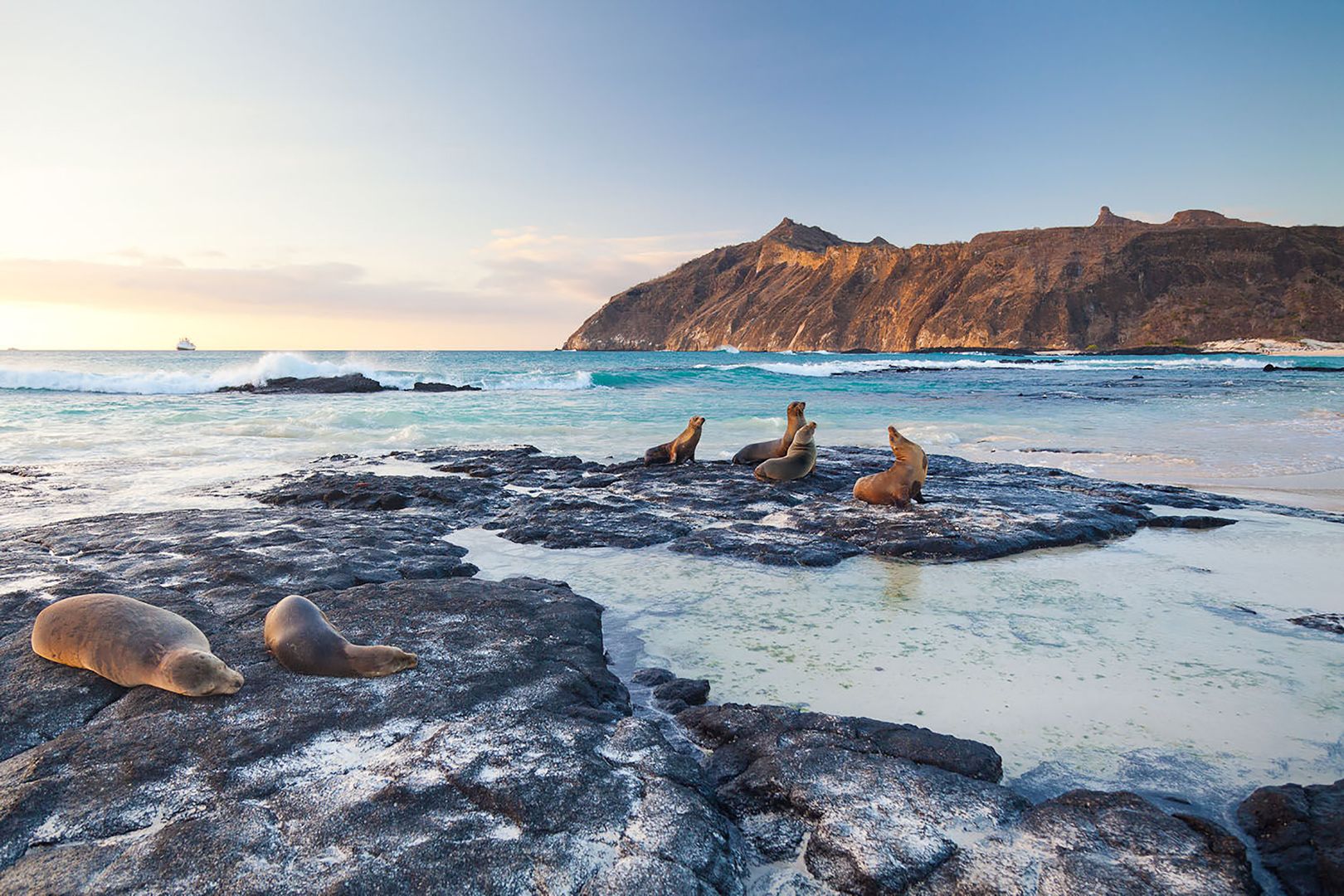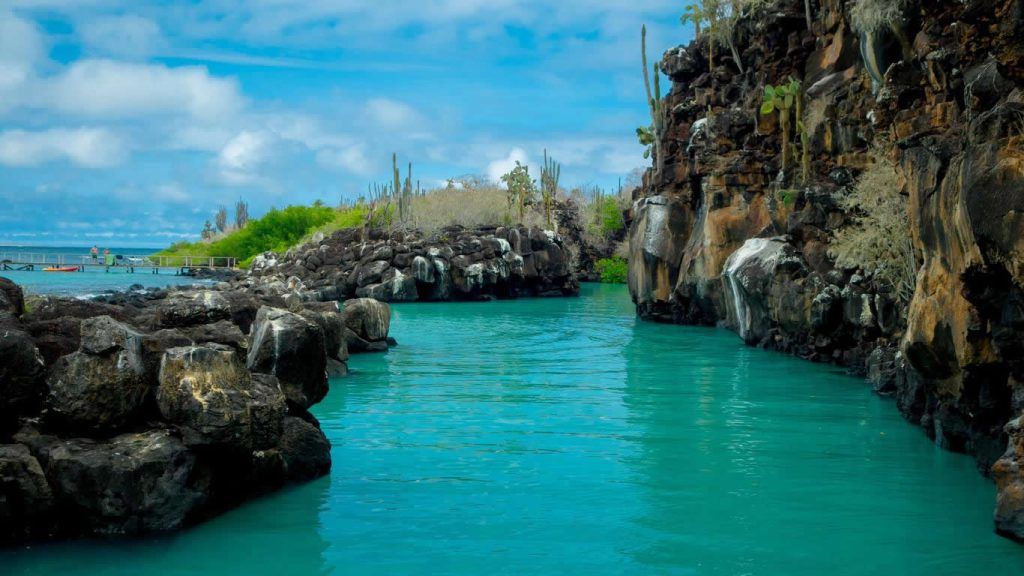Declared a World Heritage Site in 1978, the Galapagos Islands, located 603 miles from the coast of Ecuador and made up of 13 large islands, have been recognized for the great biodiversity they house. 98% of this territory is part of the Galapagos National Park, which is a protected area and only 2% for the local people.
The “Enchanted Islands” are the result of tectonic activity and it is estimated that the formation of the first island took place more than 5 million years ago. The most recent islands, called Isabela and Fernandina, are still in the process of being formed (the most recent volcanic eruption was recorded in 2009).

Until 2015, more than 2,900 extant marine species have been reported, of which 18.2% are endemic. “More than 45 endemic bird species, 42 reptiles, 15 mammals, and 79 fish, live in Galapagos and coexist harmoniously with the local population,“ Unesco reports. The region was the habitat of Lonesome George, the last specimen of the Pinta Island giant tortoise race, extinct on June 24, 2012. Galapagos still preserves 95% of the originally recorded biodiversity, thanks to efforts carried out by the State Ecuadorian and other organizations for their protection.
Tourism is the most important economic activity on the islands due to the number of sites to discover and live a unique experience. There are several islands where there are different activities to do. Santa Cruz, for example, we will have the opportunity to get up close to the giant tortoises that roam in their natural habitat. There are also underground lava tunnels where you can see one of the geological wonders of the volcanic islands.
Tortuga Bay, a paradisiacal beach with white sands and turquoise waters, named in this way, for being an important nesting site for the black sea turtle. It has an area with white water and another with calm water, the latter ideal for snorkeling.
The Charles Darwin Station, where you can observe giant tortoises in captivity and learn about the breeding program for this iconic animal.
LA LOBERÍA is a coral sand beach that has been named for the large number of sea lions that rest on its rocks and sand. It is one of the places where you can practice surfing.
Playa de los Alemanes is beautiful for its beige sand, where you will spend an afternoon on the beach and in the sun. The salt mines is another interesting option until you reach the CRACKS, which is a rock formation which houses a natural pool of turquoise water, where you can take a refreshing bath and snorkel accompanied by beautiful colored fish.

Isla Santa Fe is a central island surrounded by an incredible bay with turquoise water. This island is protected by a natural barrier of rocks, over which colonies of sea lions and hawks can be seen flying over.
La Galapaguera is a giant tortoise breeding center managed by the Galapagos National Park on Isabela. In this center you can learn about the biology of the giant tortoises or Galapagos, which give the islands their name, as well as observe various species of tortoises on Isabela Island in captivity.
These are just a few options of what you can do or visit in the Galapagos. If you want to know more about our tour packages, contact us and pack your bags for the best experience of your life.






